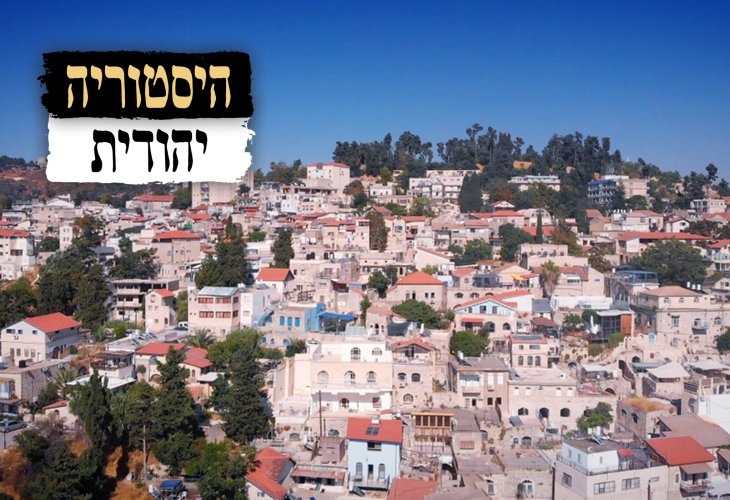Echoes of The Past: The Earthquake That Shook a Nation
In 1837, one of the most devastating earthquakes hit the Jewish settlement in Safed. Its estimated magnitude was 7.0, claiming around 7,000 lives. Discover the full story behind this tragedy.
 (Photo: shutterstock)
(Photo: shutterstock)Amidst the ongoing conflict, the Jewish people are reminded of the unique challenges that come with facing disasters in the winter. Thank Hashem that the central strife currently affects those who wish us harm, but our soldiers must still endure the harsh conditions sometimes brought by the season. While Israeli winters aren’t particularly fearsome, we still have soldiers at Mount Hermon and other silent posts...
One of the most catastrophic events to hit the Jewish community in the Land of Israel was the Safed earthquake of 1837.
The quake shook the entire Great Rift Valley, even affecting Lebanon’s Tyre and Sidon, Acre to the west, and Shechem southward. Yet, in Jewish history, it's remembered for its impact on Safed and Tiberias, where prominent Jewish communities thrived in the north.
The earthquake struck on the 24th of Tevet. Its estimated magnitude was around 7.0 on the Richter scale, claiming approximately 7,000 lives and leaving countless without shelter in the harsh winter.
Contributing to the devastation were several consecutive rainy days, which softened the earth and placed additional strain on the rocky foundations of Galilee’s slopes.
Rabbi Nissim Zechariah Azulai, the esteemed grandson of the renowned scholar Chida, was among the casualties. A noted Kabbalist, he was buried along with his study, precious manuscripts, and fellow scholars of Safed. Though he was miraculously rescued from the rubble, he succumbed to his injuries two days later.
Some of the Perushim, disciples of the Vilna Gaon who were spared from the disaster, relocated from Safed to Jerusalem. They believed the divine hand was at play for prioritizing Safed over Jerusalem, which holds greater sanctity.
Conversely, other sages opined that the quake was a precursor to the Messiah's arrival, a sign from the Mishnah declaring that "the Galilee shall be laid to waste." Now, they urged unity to welcome our righteous Messiah in the city of mystics!
Rabbi Shmuel Heller, the esteemed rabbi of Safed, had a miraculous escape, as recounted by a disciple: "Only the new house of study preserved the great Rabbi Shmuel Heller, who stood the entire night among the dead, buried up to his nose in stones. In Hashem’s mercy, life remained in him. In the morning, people came and cleared the stones. He was carried away, full of wounds, to a house where he lay bedridden for half a year, with one hand permanently impaired" (Moshe Reischer, in his book, Sha'arei Yerushalayim).
He played a pivotal role in reviving and leading the community for many subsequent years.
However, the road to recovery was strenuous for the survivors of Safed. They lived in tents among the city ruins, spending weeks manually clearing rubble and communicating with those trapped in subterranean voids, attempting to send them food. Most didn’t survive, including a bride trapped on the eve of her wedding day.
Every Jewish soul saved was a world preserved. The remnants banded together, and after years of arduous labor, restored the Jewish community of Safed, embracing the saying: Safed suddenly ye shall be rebuilt.

